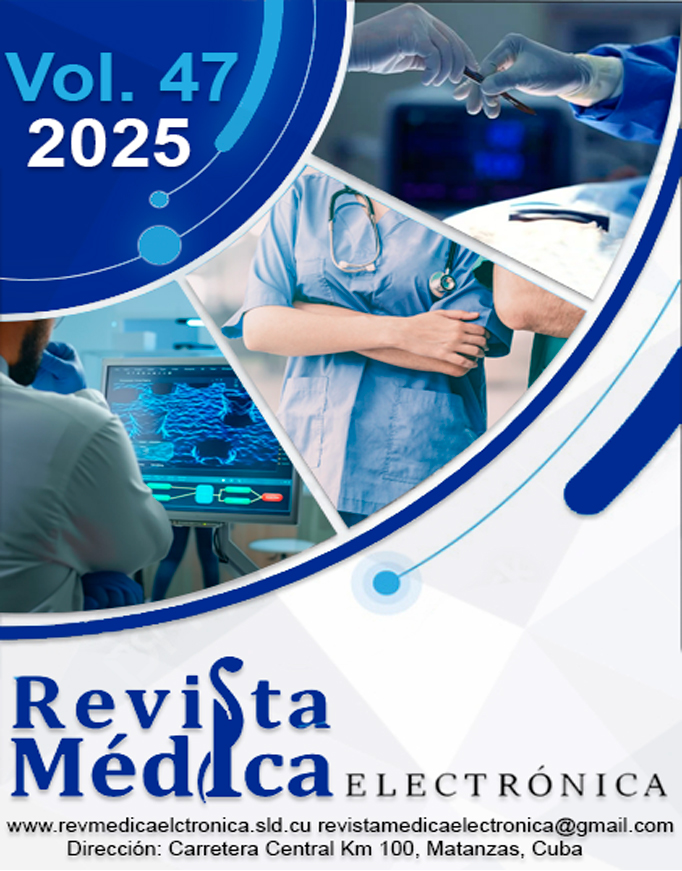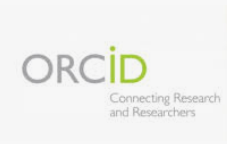Medical professionalism and gender in Latin America: a study based on CHAID analysis
Keywords:
gender and health, professionalism, professional misconduct, decision trees, computer-assisted decision makingAbstract
Introduction: Medical professionalism is essential in clinical practice, but gender differences in its perception and manifestation have not been widely studied.
Objective: To evaluate gender differences in perceptions and behaviors related to medical professionalism in Latin American physicians.
Methods: A cross-sectional study was conducted with 424 physicians from Paraguay, Peru, and Cuba. A validated questionnaire was used to measure perceptions and behaviors regarding professionalism. Descriptive statistics and analysis using the Chi-square automatic interaction detector were applied.
Results: In male physicians, the chi-square automatic interaction detector model identified the main variables as “hiding one’s own medical errors” and “overlooking colleagues' errors.” Of those who admitted to hiding errors, 80% were classified as “unprofessional,” while 93.2% of those who did not ignore others' errors were considered professional. Among female physicians, the most influential variables were “leaking medical information” and “prescribing for compensation from the pharmaceutical industry,” with 92.4% of those who avoided these practices being classified as professionals. It was evident that ethics and transparency impact levels of professionalism.
Conclusions: Physicians who admit their mistakes and do not omit those of their colleagues demonstrate greater professionalism. Female physicians who maintain confidentiality and avoid external influences also reflect higher professionalism. These findings underscore the need to integrate a gender perspective into medical education and institutional policies to strengthen professional ethics.
Downloads
References
1. Bhardwaj A. Medical professionalism in the provision of clinical care in healthcare organizations. J Healthc Leadersh. 2022;14:183-9. DOI: 10.2147/jhl.s383069.
2. Kirk LM. Professionalism in medicine: Definitions and considerations for teaching. Proc (Bayl Univ Med Cent). 2007;20(1):13-6. DOI: 10.1080/08998280.2007.11928225.
3. Shabbir A. Professionalism for Healthcare professionals HCPC: Key to Building Trust and Excellence [Internet]. London: Probity and Ethics; 2024 [citado 27/12/2024]. Disponible en: https://www.probityandethics.com/professionalism-for-healthcare-professionals-hcpc/
4. Ryan MK. Addressing workplace gender inequality: Using the evidence to avoid common pitfalls. Br J Soc Psychol. 2023;62(1):1–11. DOI: 10.1111/bjso.12606.
5. Winkel AF, Telzak B, Shaw J, et al. The role of gender in careers in medicine: A systematic review and thematic synthesis of qualitative literature. J Gen Intern Med. 2021;36(8):2392-9. DOI: 10.1007/s11606-021-06836-z.
6. Surchat C, Carrard V, Gaume J, et al. Impact of physician empathy on patient outcomes: a gender analysis. Br J Gen Pract. 2022;72(715):e99-107. DOI: 10.3399/bjgp.2021.0193.
7. Cislaghi B, Heise L. Gender norms and social norms: differences, similarities and why they matter in prevention science. Sociol Health Illn. 2020;42(2):407-22. DOI: 10.1111/1467-9566.13008.
8. Knaul FM, Arreola-Ornelas H, Essue BM, et al. The feminization of medicine in Latin America: ‘More-the-merrier’ will not beget gender equity or strengthen health systems. Lancet Reg Health Am. 2022;8:100201. DOI: 10.1016/j.lana.2022.100201.
9. Kwon HJ, Lee YM, Lee YH, et al. Development an instrument assessing residents’ attitude towards professionalism lapses in training. Korean J Med Educ. 2017;29(2):81-91. DOI: 10.3946/kjme.2017.55.
10. Seehuus S. Gender differences and similarities in work preferences: Results from a factorial survey experiment. Acta Sociol. 2023;66(1):5-25. DOI: 10.1177/00016993211060241.
11. Tremmel M, Wahl I. Gender stereotypes in leadership: Analyzing the content and evaluation of stereotypes about typical, male, and female leaders. Front Psychol. 2023;14:1034258. DOI: 10.3389/fpsyg.2023.1034258.
12. Zarei E, Ghaffari A, Nikoobar A, et al. Interaction between physicians and the pharmaceutical industry: A scoping review for developing a policy brief. Front Public Health. 2023;10:1072708. DOI: 10.3389/fpubh.2022.1072708.
13. Chilet-Rosell E. Gender bias in clinical research, pharmaceutical marketing, and the prescription of drugs. Glob Health Action. 2014;7(1). DOI: 10.3402/gha.v7.25484.
14. Jenkins G, Merz JF, Sankar P. A qualitative study of women’s views on medical confidentiality. J Med Ethics [Internet]. 2005 [citado 27/12/2024];31(9):499-504. Disponible en: https://pmc.ncbi.nlm.nih.gov/articles/PMC1734225/pdf/v031p00499.pdf
15. Petronio S, DiCorcia MJ, Duggan A. Navigating ethics of physician-patient confidentiality: A communication privacy management analysis. Perm J. 2012;16(4). DOI: 10.7812/tpp/12-042.
Downloads
Published
How to Cite
Issue
Section
License
Copyright (c) 2025 Alberto Guevara-Tirado, Raúl Emilio Real-Delor

This work is licensed under a Creative Commons Attribution-NonCommercial 4.0 International License.
All content published in this journal is Open Access, distributed under the terms of the CC BY-NC 4.0 License.
It allows:
- Copy and redistribute published material in any medium or format.
- Adapt the content.
This will be done under the following terms:
- Attribute the authors' credits and indicate whether changes were made, in which case it must be in a reasonable way.
- Non-commercial use.
- Recognize the journal where it is published.
The copyrights of each article are maintained, without restrictions.






